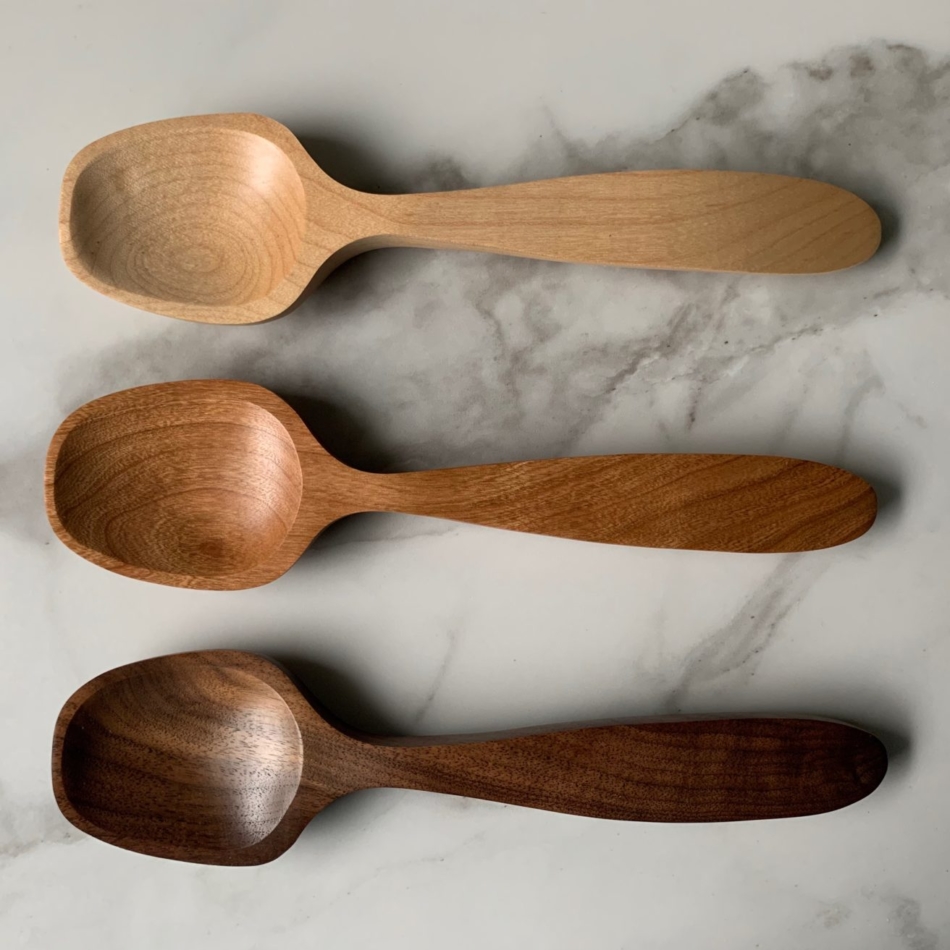

 fity.club
fity.club Opening: A Stylish and Functional DIY Project Building your own floating nightstand is a rewarding DIY project that adds a touch of modern elegance and functionality to your bedroom. This guide will walk you through the steps to create a beautiful and sturdy wooden floating nightstand complete with a convenient drawer.
Materials and Tools
- Wood: Choose your desired wood type (pine, oak, maple, etc.). You'll need enough for the main box, drawer components, and drawer face. Consider pre-cut project boards for convenience.
- Drawer Slides: Choose drawer slides appropriate for the depth and weight capacity you need. Full extension slides are popular.
- Wood Glue: High-quality wood glue is essential for strong joints.
- Screws: Wood screws of various lengths will be needed for assembly.
- Drawer Pull/Knob: Select a drawer pull or knob that matches your style.
- Sandpaper: Various grits (80, 120, 220) for smoothing the wood.
- Wood Finish: Stain, paint, varnish, or polyurethane – choose your desired finish.
- French Cleat (for mounting): Purchase a metal or wooden French cleat system for easy and secure wall mounting.
- Measuring Tape: Accurate measurements are crucial.
- Pencil: For marking measurements.
- Saw: Circular saw, miter saw, or hand saw for cutting the wood.
- Drill/Driver: For drilling pilot holes and driving screws.
- Clamps: To hold pieces together while the glue dries.
- Sander: (Optional) Speeds up the sanding process.
- Router: (Optional) For creating decorative edges or grooves.
- Safety Glasses: Protect your eyes.
- Dust Mask: Protect your lungs.
Step 1: Cutting the Wood Cut all the wood pieces to the dimensions you've planned for your nightstand. A good starting point for dimensions is typically around 20 inches wide, 12 inches deep, and 6 inches high for the main box. Adjust based on your needs and available space. The drawer dimensions will depend on the internal size of the main box, minus allowances for the drawer slides. Accurately measure the space and calculate the drawer box dimensions to ensure a smooth fit. Remember to cut the wood for the drawer face separately, ensuring it slightly overlaps the drawer opening for a clean look.
Step 2: Assembling the Main Box Apply wood glue to the edges of the side pieces and attach them to the top and bottom pieces. Use clamps to hold the pieces together securely while the glue dries. After the glue has dried, reinforce the joints with screws. Drill pilot holes first to prevent the wood from splitting. Ensure the box is square before the glue fully sets.
Step 3: Building the Drawer Assemble the drawer box using the same method as the main box: glue, clamp, and screw the sides, front, and back together. Attach the drawer bottom to the assembled drawer box. Typically, the drawer bottom is thinner plywood or hardboard. You can glue and nail it into place, or use a rabbet joint for a stronger connection (if you have routing skills). Attach the drawer face to the drawer box, ensuring it's centered and aligned properly. Use screws from the inside of the drawer box.
Step 4: Installing the Drawer Slides Install the drawer slides according to the manufacturer's instructions. Typically, one part of the slide is attached to the inside of the main box, and the other part is attached to the sides of the drawer box. Pay careful attention to the placement of the slides to ensure the drawer slides smoothly and evenly.
Step 5: Sanding and Finishing Sand all surfaces of the nightstand and drawer to create a smooth finish. Start with a coarser grit sandpaper (80 or 120) and gradually move to a finer grit (220). Wipe away any dust with a tack cloth. Apply your chosen finish (stain, paint, varnish, or polyurethane) according to the manufacturer's instructions. Apply multiple coats for durability, sanding lightly between coats. Let the finish dry completely.
Step 6: Attaching the Drawer Pull/Knob Drill a hole in the drawer face for the drawer pull or knob. Attach the drawer pull/knob using the provided hardware.
Step 7: Installing the French Cleat Attach one half of the French cleat to the back of the nightstand, ensuring it's level and securely fastened with screws. Attach the other half of the French cleat to the wall where you want to mount the nightstand, using appropriate anchors for your wall type. Use a level to ensure it's perfectly horizontal.
Step 8: Mounting the Nightstand Carefully lift the nightstand and slide it onto the French cleat on the wall. Ensure it's securely attached.
Conclusion: Enjoy Your New Floating Nightstand You've successfully built your own floating nightstand! Enjoy the stylish and functional addition to your bedroom. With a little patience and attention to detail, you can create a piece of furniture that you'll be proud of for years to come.
Wooden Spoon
 fity.club
fity.club Old Horizontal Rustic Wood Background, Wooden Surface With Copy Space. Wood Board Background
 stock.adobe.com
stock.adobe.com Wood Texture Wallpapers
 wallpapercave.com
wallpapercave.com



0 komentar:
Posting Komentar